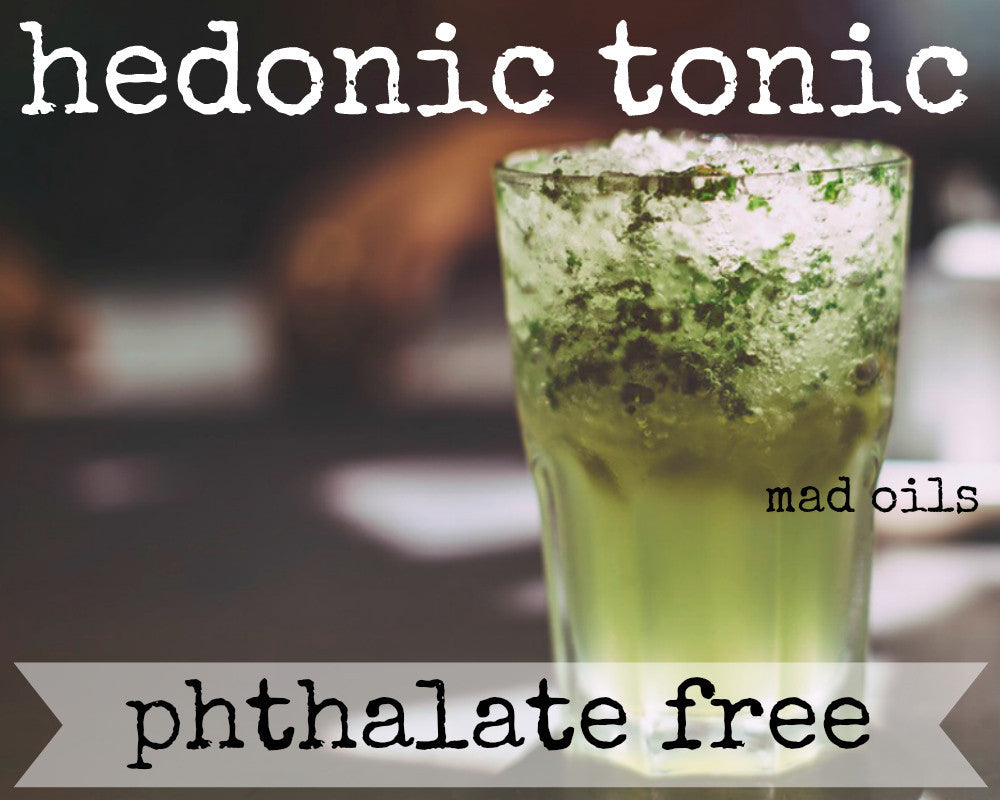

While Jill doesn’t have formal culinary training, her palate is clearly more refined and sensitive than most. I’ve experimented with using water from different places, and I have found that the tap water in East Greenbush is excellent because it’s such a pure flavor, free of minerals that can interact with my other ingredients and unbalance them.” “I began volunteering at Nine Mile Farm, a farm following organic standards outside of Delmar, because I was making some changes in my personal life and I felt I really had to get back in touch with the earth, with gardening, food and soil. “Fresh, local, sustainable food products have always been a passion of mine,” Jill says. They began clamoring for more, more, more, so much so that she was prompted to launch an official line in 2014. After perfecting her recipe and stocking her home bar, friends and colleagues got a taste of her magical elixir.


When Jill got back to Albany, she began experimenting with recipes for tonic syrup. She was intrigued by the complex taste, the brown color (cinchona bark is brown) and the manner in which it complemented and transformed the gin. I realized what I’d been missing and knew I could never go back.” “I was working on a film project at the Kentucky Derby in 2013, and the crew went out for a drink afterward at this fantastic bar that made its own tonic syrup. “I created my own tonic syrup because I didn’t like what was on the market,” Jill explains. Edible recently caught up with Jill Malouf of Hedonic Tonic, who has gone even further than the average bespoke quinine crafter, by producing a tonic syrup that is as delicious as it is wholesome. Luckily, for nominally health-conscious (and definitely discerning) cocktail enthusiasts, a cottage industry of local tonic water producers has emerged in the past decade. In recent history, the tonic water market has been dominated by large corporate behemoths that eschew the traditional sugar, citrus and botanicals for high-fructose corn syrup, citric acid and sodium benzoate, among other equally dubious “natural flavors.” Nothing can ruin a perfectly complex natural botanical bouquet more than lashings of synthetic additives, but until you get ahold of the real stuff, you don’t know what you’re missing. Tonic water was first marketed commercially on its own in 1858. Soon, colonialists everywhere were saying “cheerio” to malaria in a fantastically delicious way. In the early 1800s, a brilliant (tragically anonymous) individual thought to temper the bark’s bitter taste by mixing it with bubbly water, sugar and, famously, gin, giving rise to one of the most beloved cocktails in history: the Gin and Tonic.

Most modern tonic enthusiasts are familiar with cinchona in the form of quinine, the amine first isolated and extracted from the bark in 1820. Missionaries dubbed it Jesuit’s bark and brought it back to Europe, where its use spread. In the 1600s, Spanish explorers in Peru learned that indigenous people used bark from cinchona trees to effectively treat their fevers and fight malaria. Clinking cocktail glasses brimming with gin and tonic and drinking to your companion’s health is an exercise in superstitious silliness, best executed with bemused irony and a single, cocked eyebrow.


 0 kommentar(er)
0 kommentar(er)
